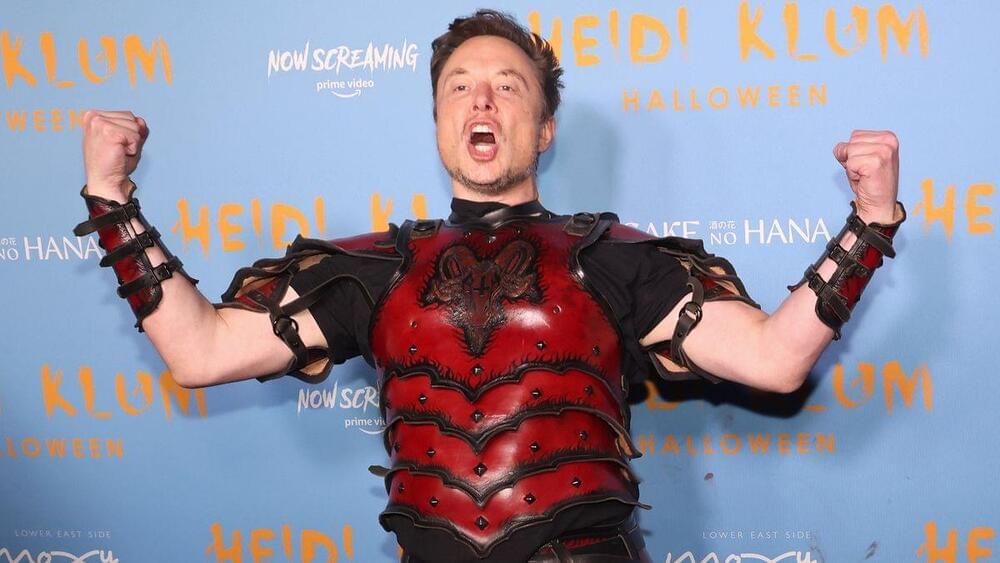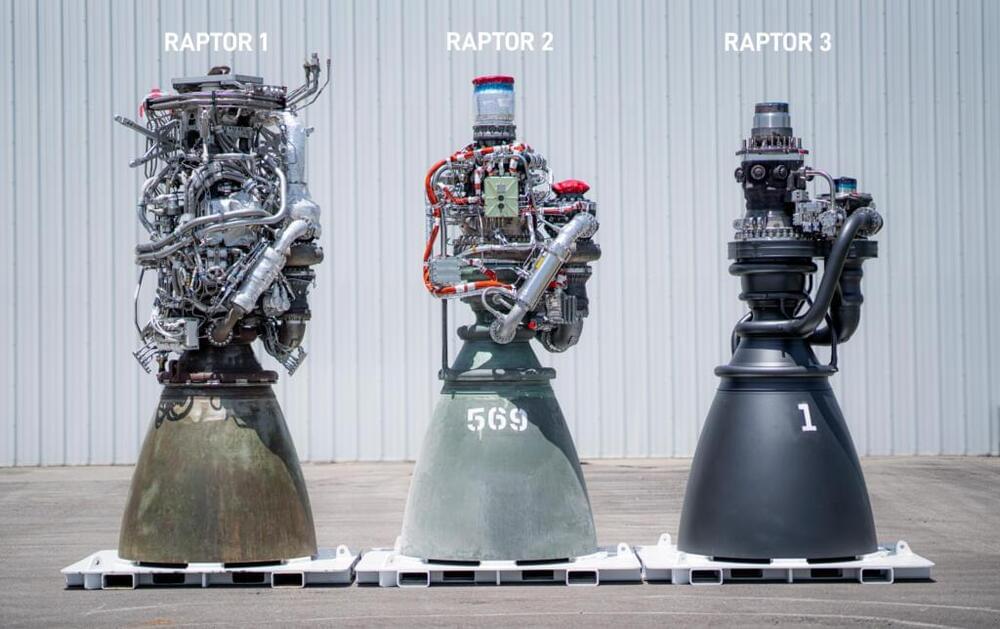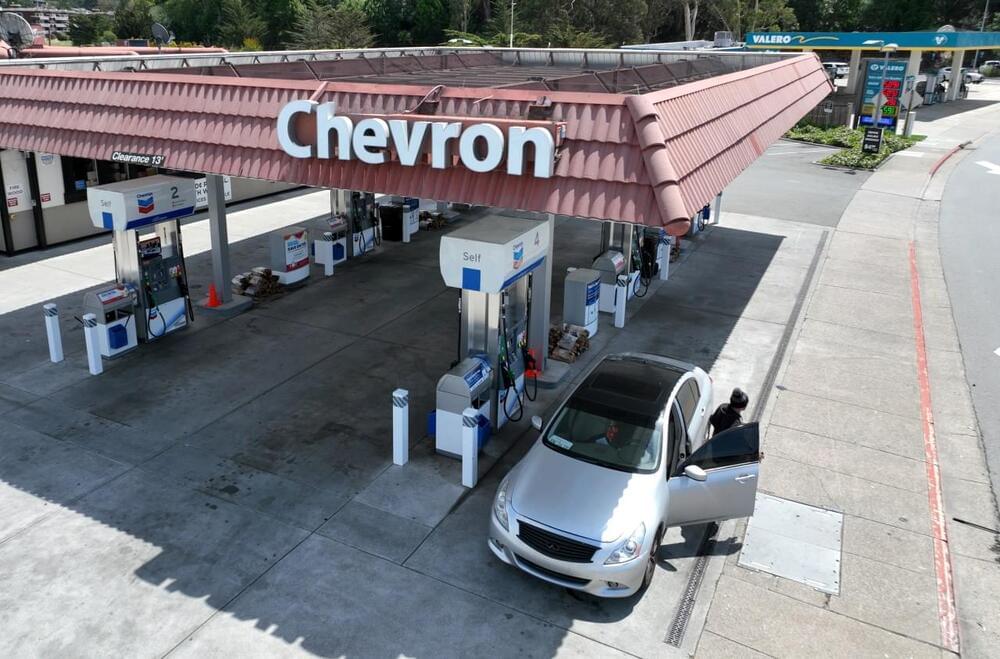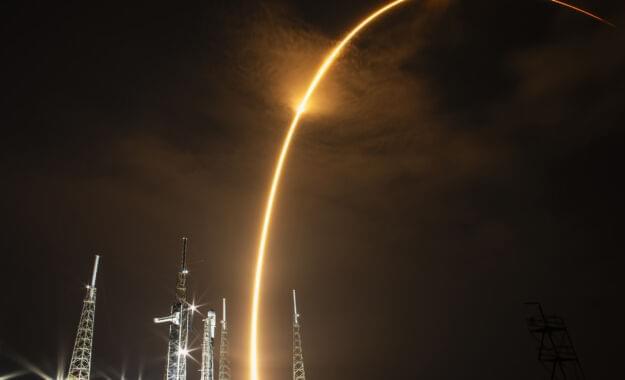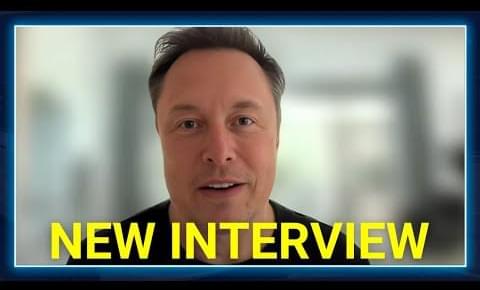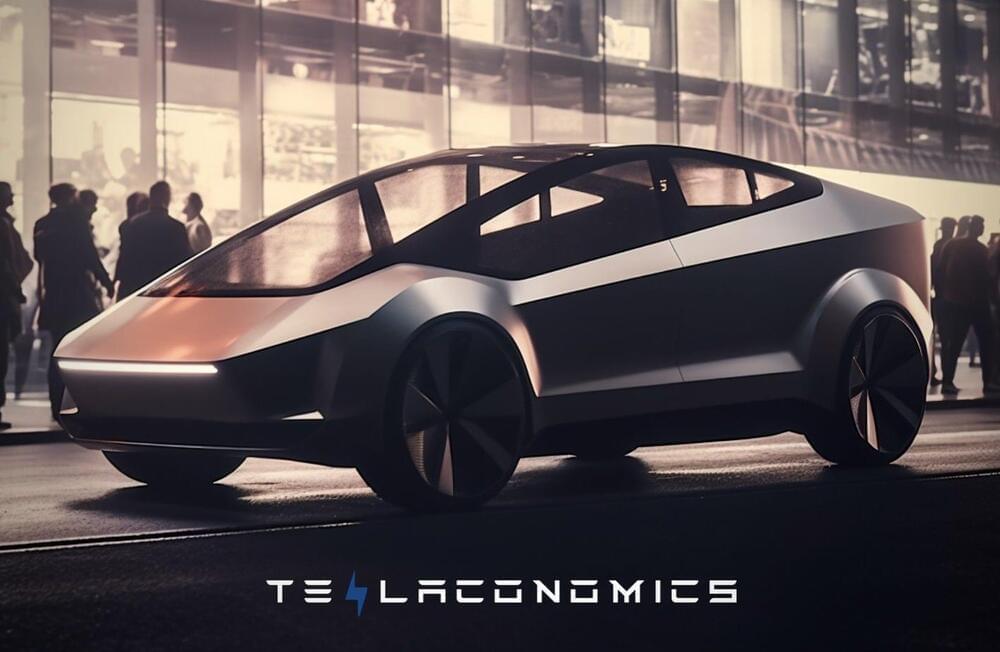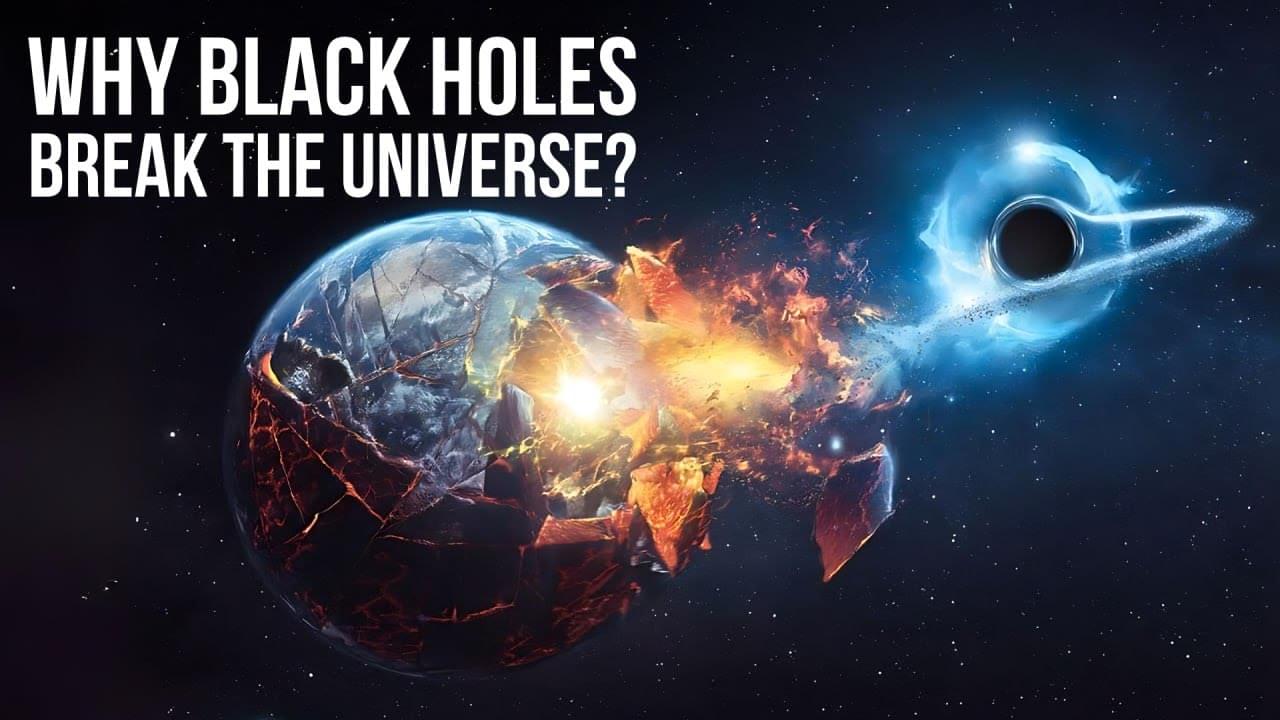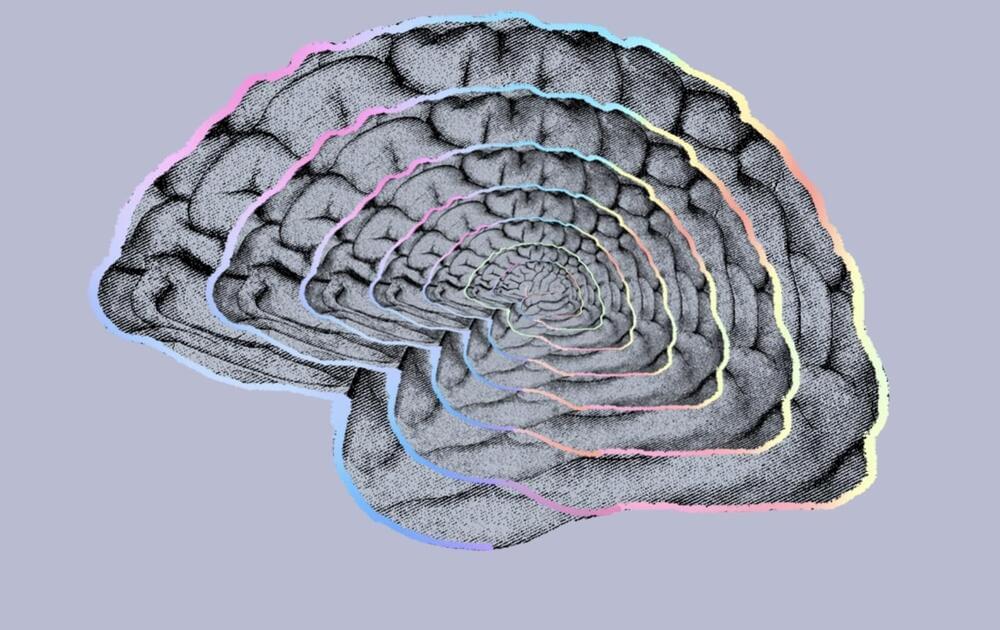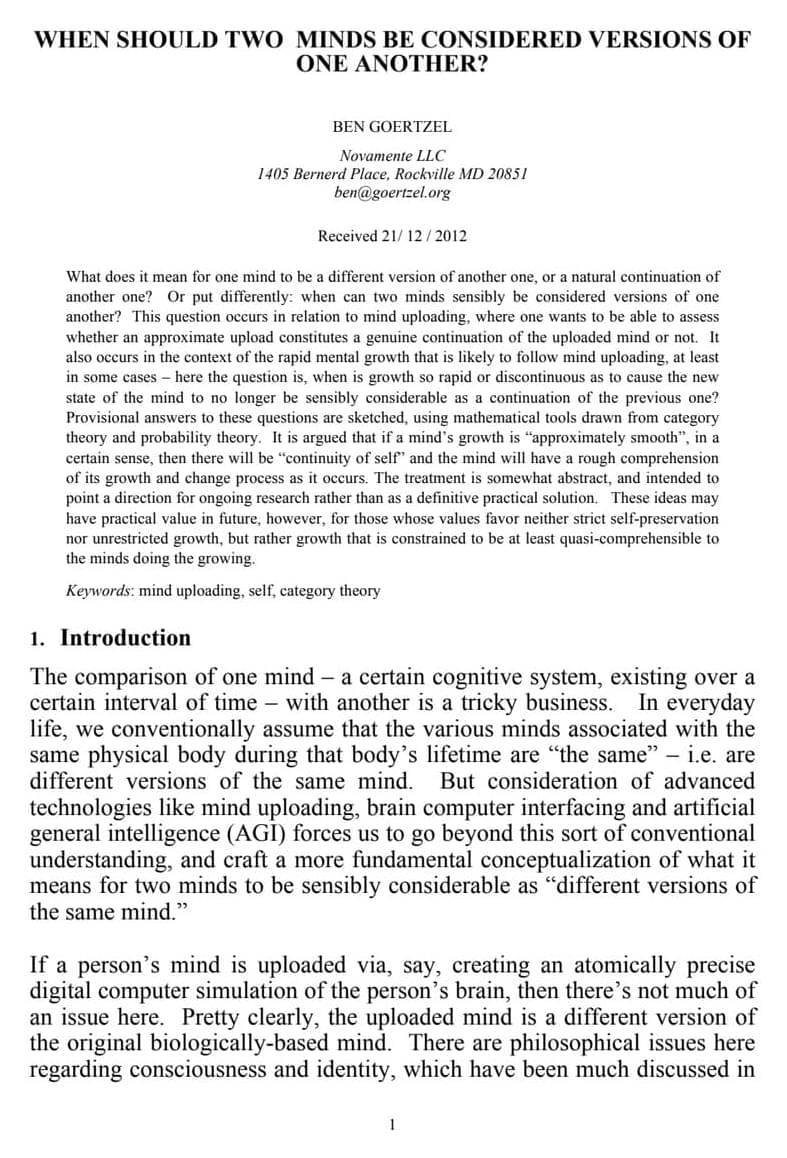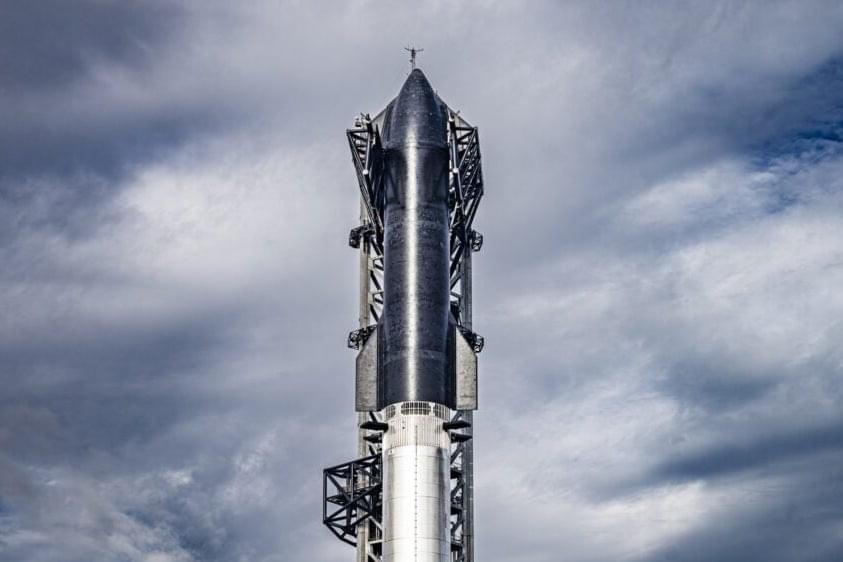What could go wrong!
Category: Elon Musk – Page 17
SpaceX has unveiled the Raptor 3 engine, marking significant advancements in thrust, specific impulse, and mass efficiency compared to previous versions. The Raptor 3 boasts a thrust of 280 tf, a specific impulse of 350s, and an engine mass of 1,525 kg. The SpaceX Raptor 3 engine has potential to exceed 300 tons of thrust in future iterations, emphasizing ongoing efforts to improve efficiency.
Raptor 3 is 36% lighter than Raptor 1. It has 51% more thrust at sea level versus raptor 1. Raptor 3 is 7% lighter than Raptor 2. It has 21% more thrust at sea level versus raptor 2. Elon Musk indicates that Raptor could get another 8–10% more thrust.
Raptor 3 has 2.75 million newtons of thrust versus 2.26 million newtons for the Raptor 2. 33 Raptor 3 engines would provide 90.75 million newtons of thrust for a 33 engine super heavy booster. 35 Raptor 3 engines would provide 96.3 million newtons of thrust for a 35 engine super heavy booster.
Chevron Corp. announced on Friday that it will also move its headquarters from California to Texas, just weeks after Elon Musk announced that SpaceX and X were fleeing for the Lone Star State.
The news came as the company reported its second-quarter earnings on Friday, which fell far short of profit expectations.
According to the company, Chevron’s headquarters will move from San Ramon, California, to Houston, Texas.
Tesla CEO Elon Musk confirmed a number of key details about the Robotaxi during the company’s Q2 2024 Update Letter and earnings call. These include the site of the Robotaxi’s production, as well as the manufacturing process that would be used on the vehicle.
It would not be an exaggeration to state that the Robotaxi unveiling on October 10, 2024 is poised to be Tesla’s most important event this year. And considering Elon Musk’s noticeable focus on Full Self Driving (FSD), it was no surprise when several questions during the Q2 2024 earnings call were focused on the Robotaxi.
As per Tesla’s Q2 2024 Update Letter, its plans for new vehicles, including more affordable models, are still on track for the start of production in the first half of 2025. These vehicles will utilize aspects of its next-generation and current platforms, and they could be produced on the same manufacturing lines as the company’s current vehicle line-up. As for the Robotaxi, however, Tesla was clear.
They say that we ultimately lose information once it enters a black hole, but is this really the case? Let’s find out on today’s video. Have you ever wondered what happens to information when it falls into a black hole? Does it get destroyed forever? Does it arrive somewhere else? Does it enter a girl’s bookcase and call it for Murf? Is there a way for it to escape? Today, we’re diving into one of the biggest mysteries in physics: the black hole information paradox. But first, why should we care? Well, in case a black hole suddenly pops up in your bedroom or office table, this paradox sits at the intersection of quantum mechanics and general relativity, the two pillars of modern physics, and solving it could unlock new understandings of the universe itself. So, let’s get started. Our journey begins with looking at the basics of black holes and the paradox that has puzzled scientists for decades.
Like any good explainer, let’s begin with the basics. What exactly is a black hole? In simple terms, a black hole is a region in space where gravity is so strong that nothing, not even light, can escape from it. No Brad, it’s not a challenge; calm down. This happens when a massive star collapses under its own gravity, compressing all its mass into an incredibly small, incredibly dense point known as a singularity. Surrounding the singularity is the event horizon, the boundary beyond which nothing can return. Think of the event horizon as the ultimate point of no return. Once you cross it, you’re inevitably pulled towards the singularity, and there’s no way back. Feel like you know well about black holes? Great. Now let’s talk about Hawking radiation. In the 1970s, Stephen Hawking proposed that black holes aren’t completely black; instead, they emit a type of radiation due to quantum effects near the event horizon. This radiation, aptly named Hawking radiation, suggests that black holes can slowly lose mass and energy over time, eventually evaporating completely. But here’s where things get tricky: Hawking radiation is thermal. By that, we don’t mean that it’s smoking or anything, but that it appears to carry no information about any of the stuff that fell into the black hole. And this brings us to the heart of our mystery: the black hole information paradox. How can the information about the material that formed the black hole and fell into it be preserved if it’s seemingly lost in the radiation? With this foundation in place, I feel that we’re now ready to explore the paradox itself and the various theories proposed to resolve it.
–
DISCUSSIONS \& SOCIAL MEDIA
Commercial Purposes: [email protected].
Tik Tok: / insanecuriosity.
Reddit: / insanecuriosity.
Instagram: / insanecuriositythereal.
Twitter: / insanecurio.
Facebook: / insanecuriosity.
Linkedin: / insane-curiosity-46b928277
Our Website: https://insanecuriosity.com/
–
Credits: Ron Miller, Mark A. Garlick / MarkGarlick.com, Elon Musk/SpaceX/ Flickr.
–
00:00 Introduction.
01:07 What is a Black Hole?
01:54 Hawking Radiation.
02:46 The Black Hole Information Paradox Explained.
04:05 Entanglement Islands.
05:21 Complementarity and Quantum Hair.
06:04 Holographic Principle.
06:48 Recent Calculations and Theories.
07:56 Visualizing Complex Concepts.
09:32 Current State of Research.
11:16 Implications for Physics.
12:06 Recap and Conclusion.
–
#insanecuriosity #blackhole #astronomy
Elon Musk’s Neuralink company is building a $14.7 million site in Austin, Texas.
According to MYSA, Neuralink plans to build new offices in Central Texas. A recent filing with the Texas Department of Licensing and Regulation (TDLR) revealed that Neuralink’s new offices will be at 2,200 Caldwell Lane, Del Valle, TX 78617.
The filings also hint that Neuralink is working on a multi-building campus within a property that stretches 37 acres. The property is located 20 minutes away from Tesla Giga Texas.
When Elon’s critics say that Mars colonization is impossible, citing radiation as the main threat. They could not be more wrong…#space #nasa #mars Please…
